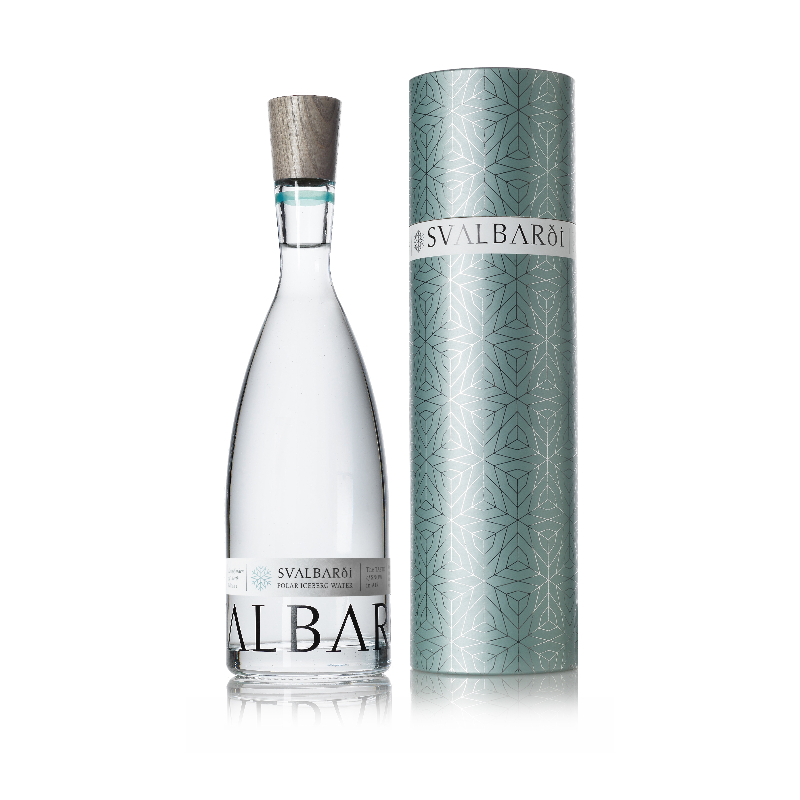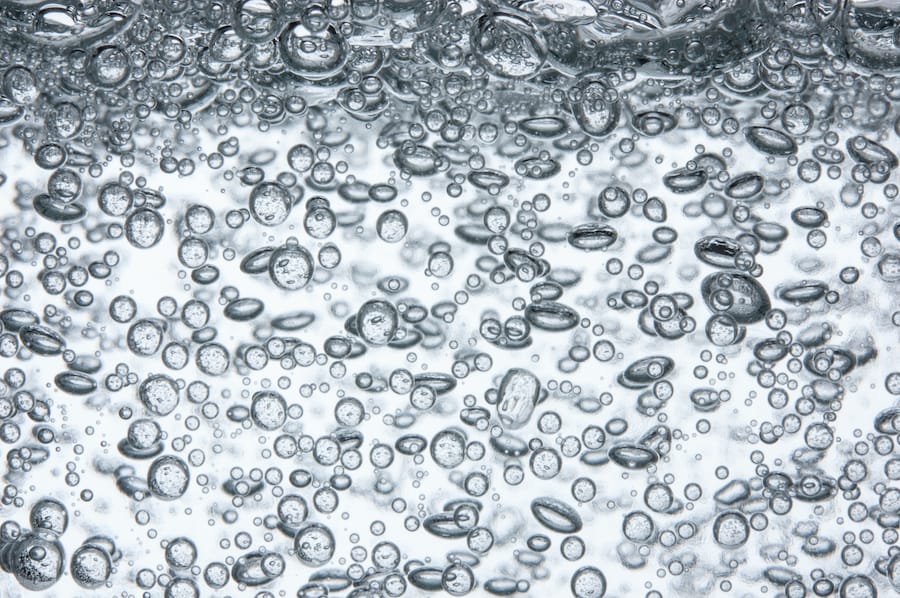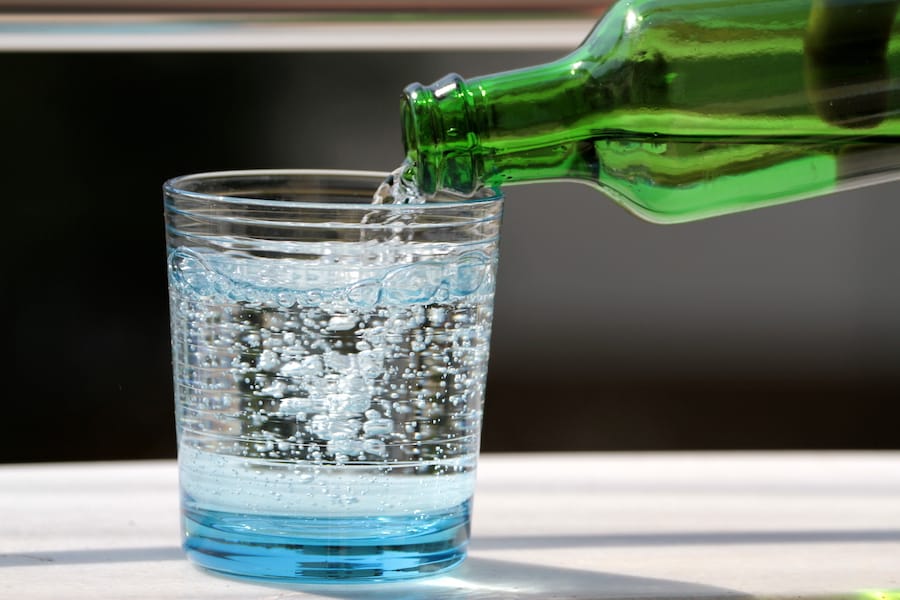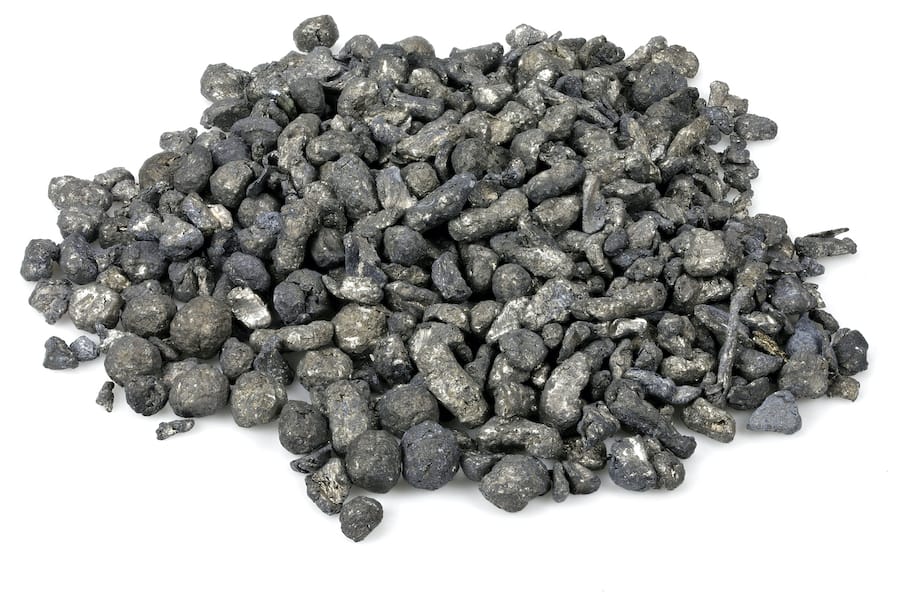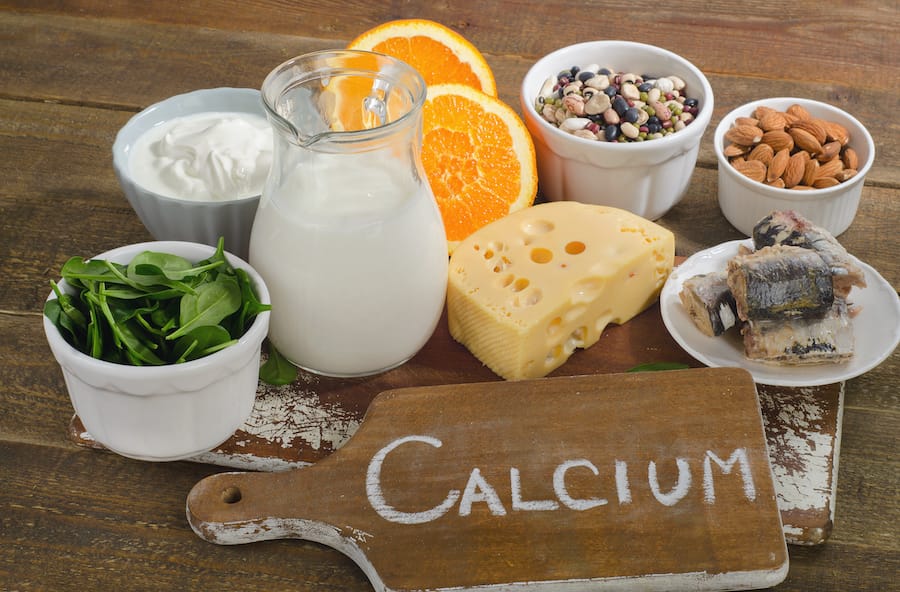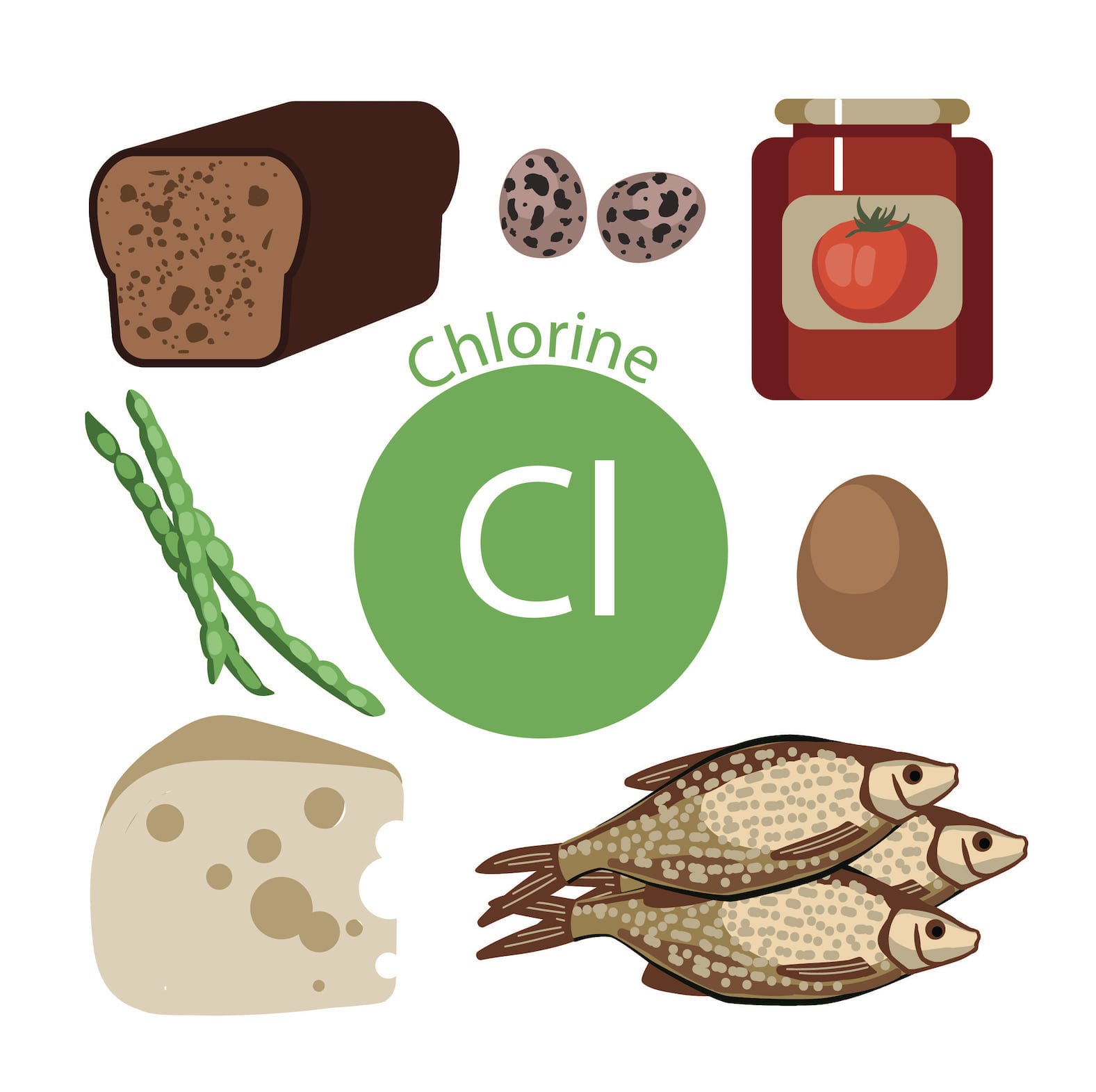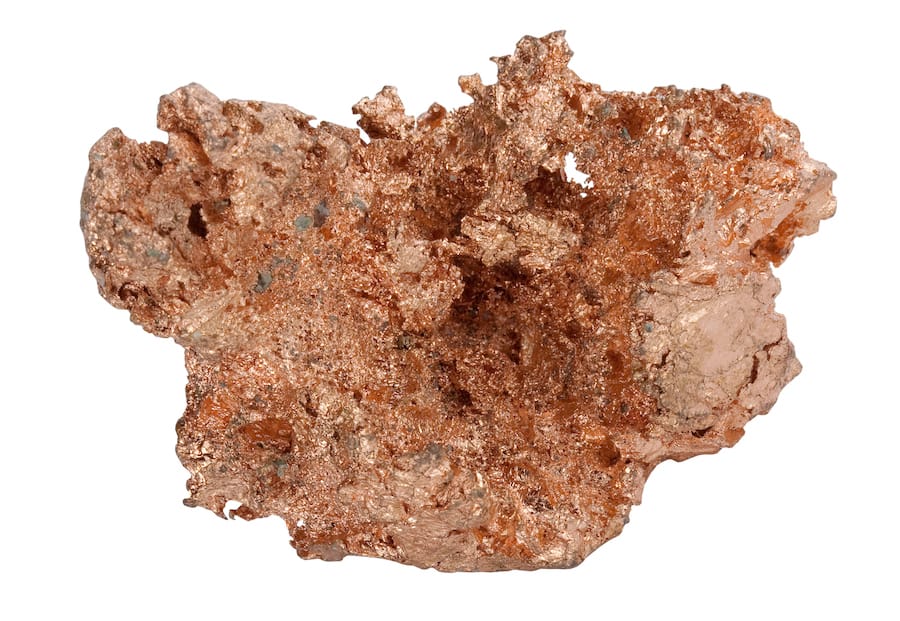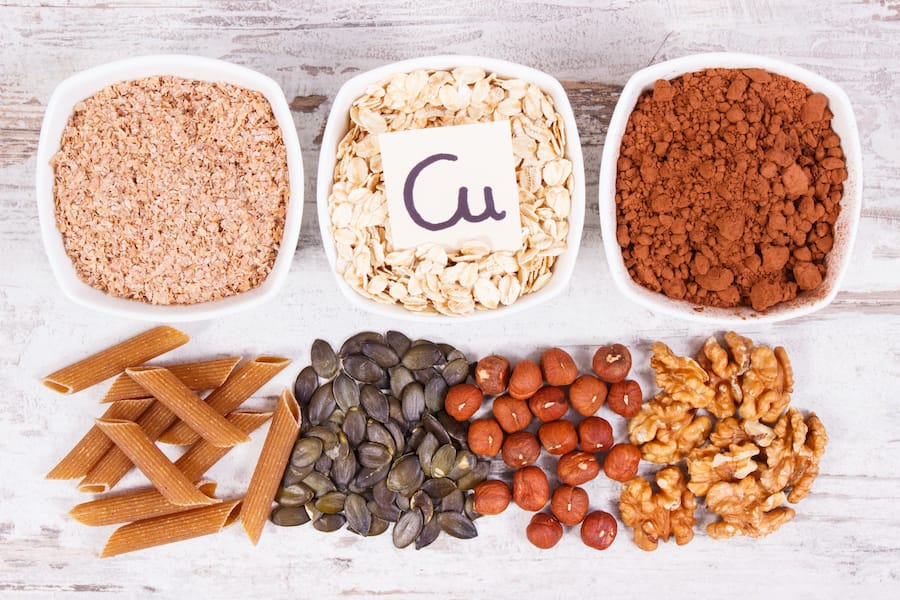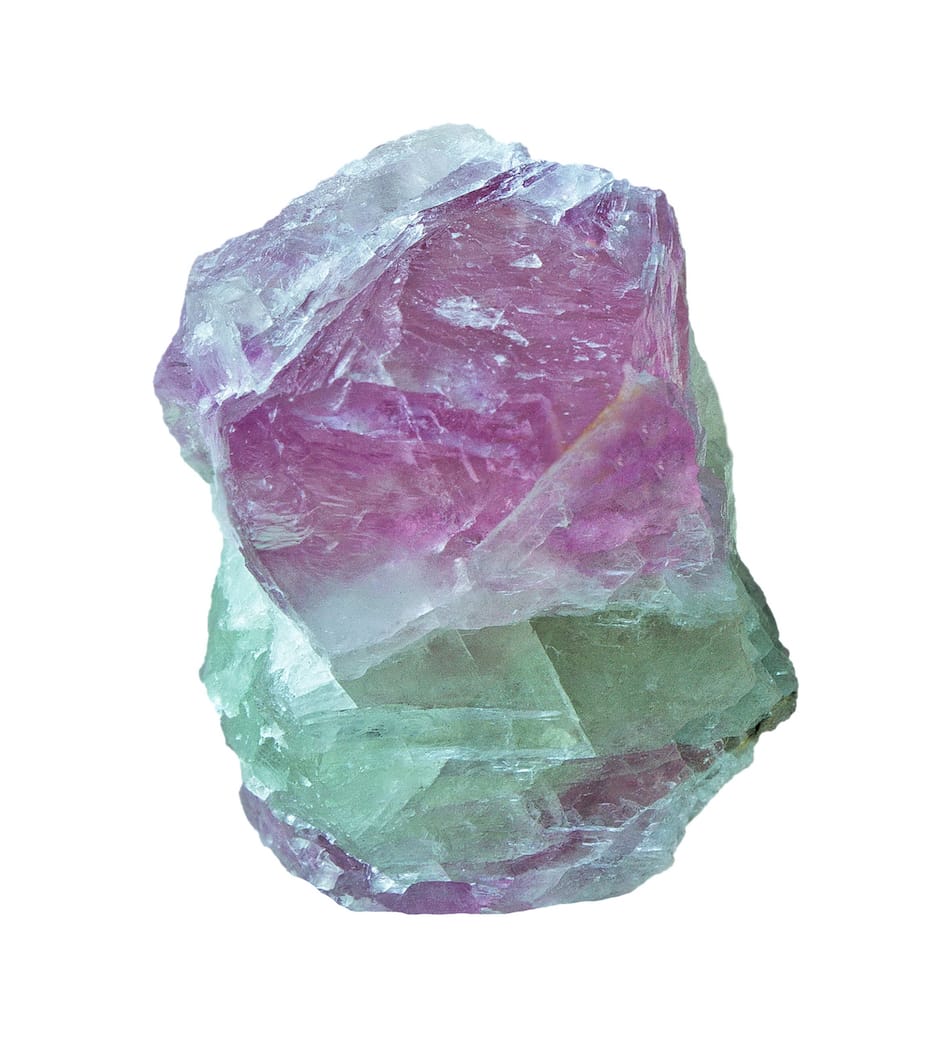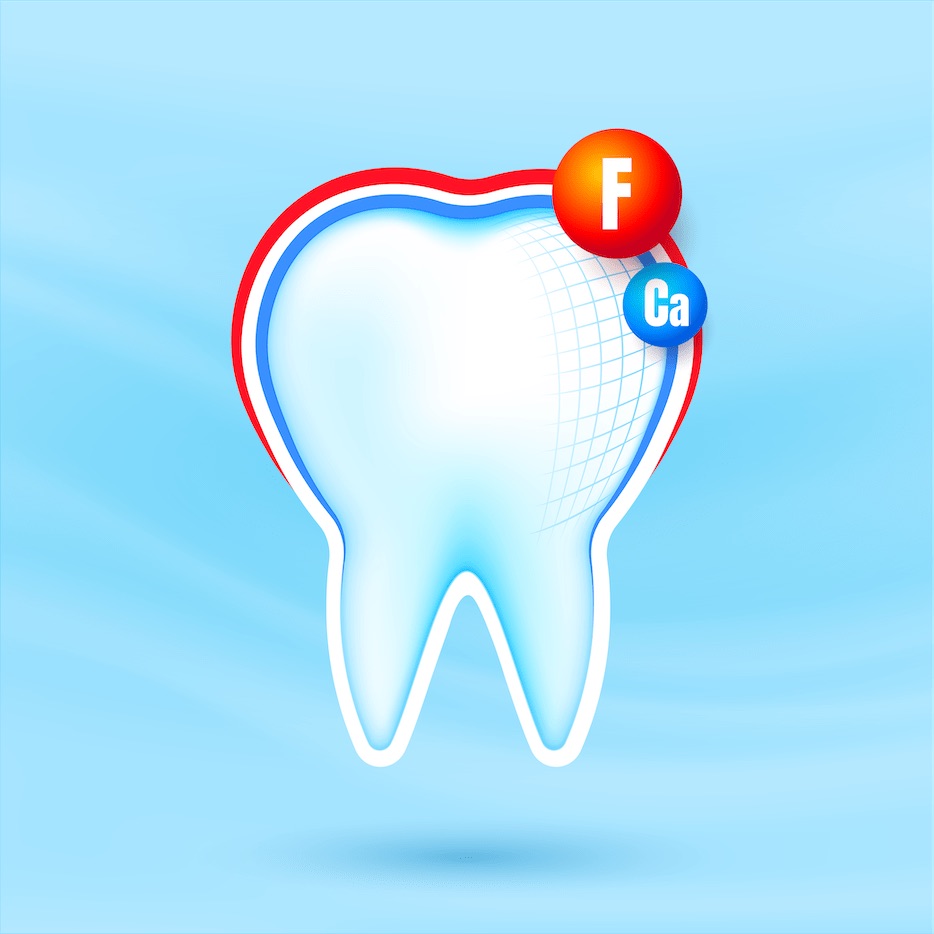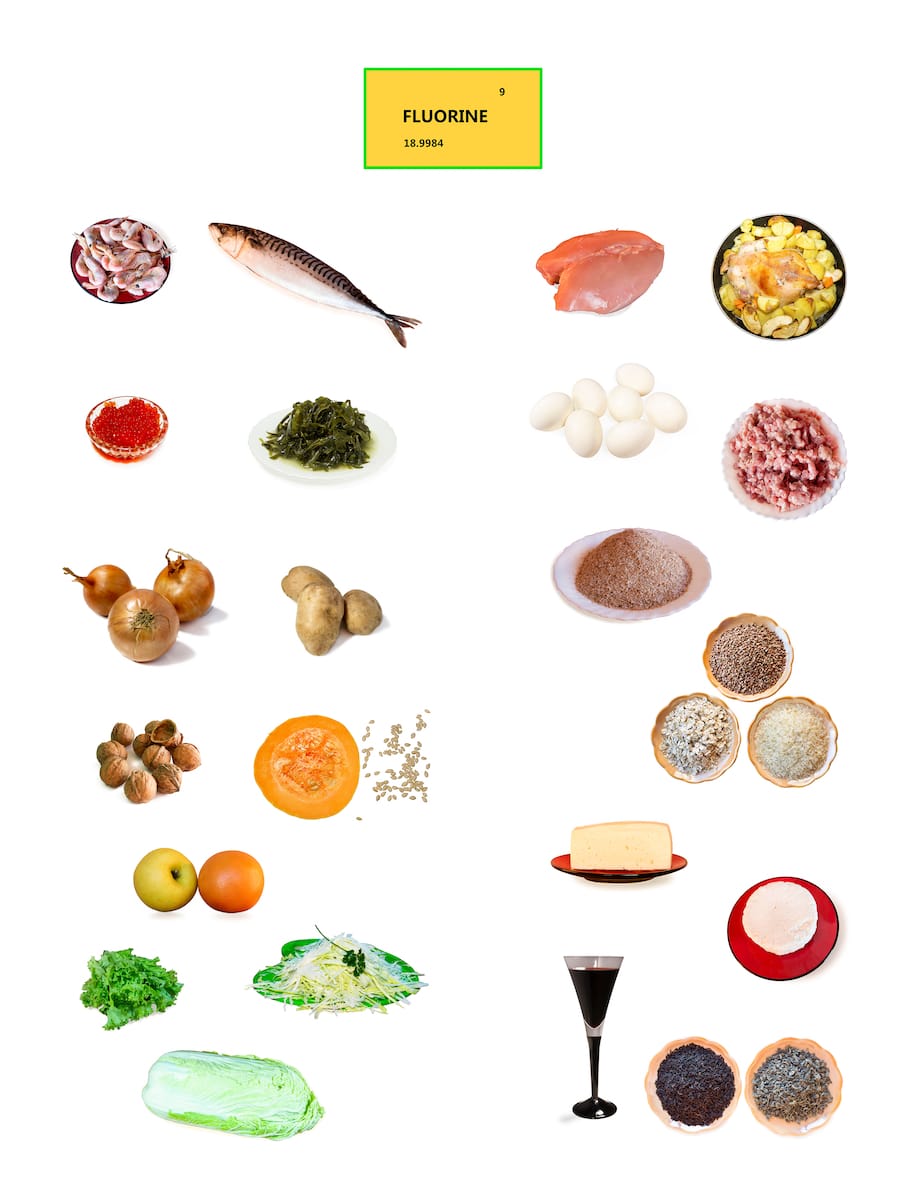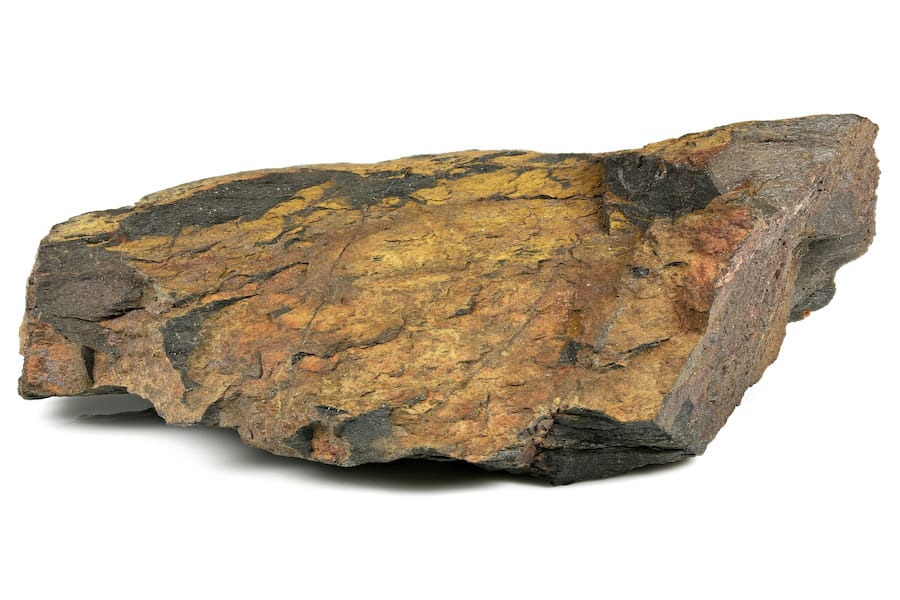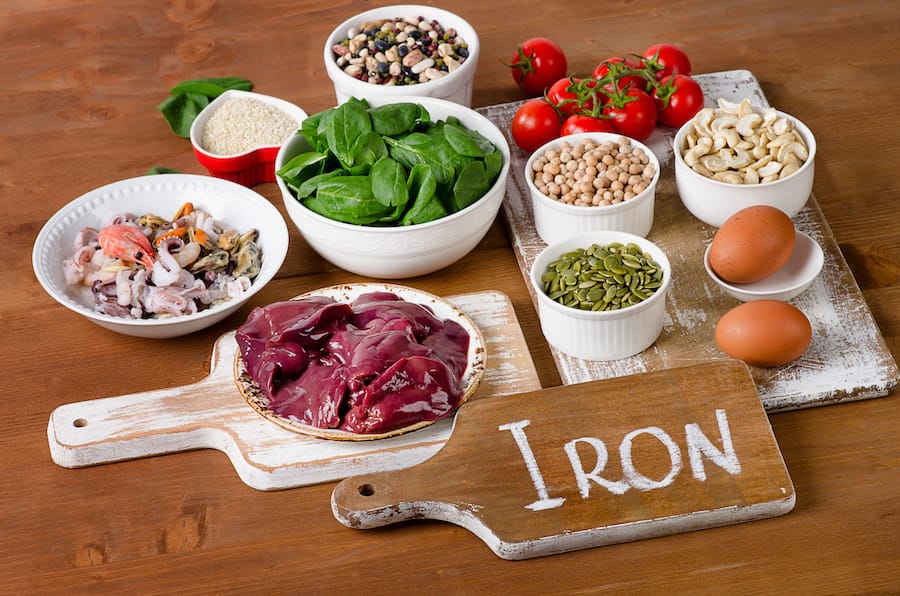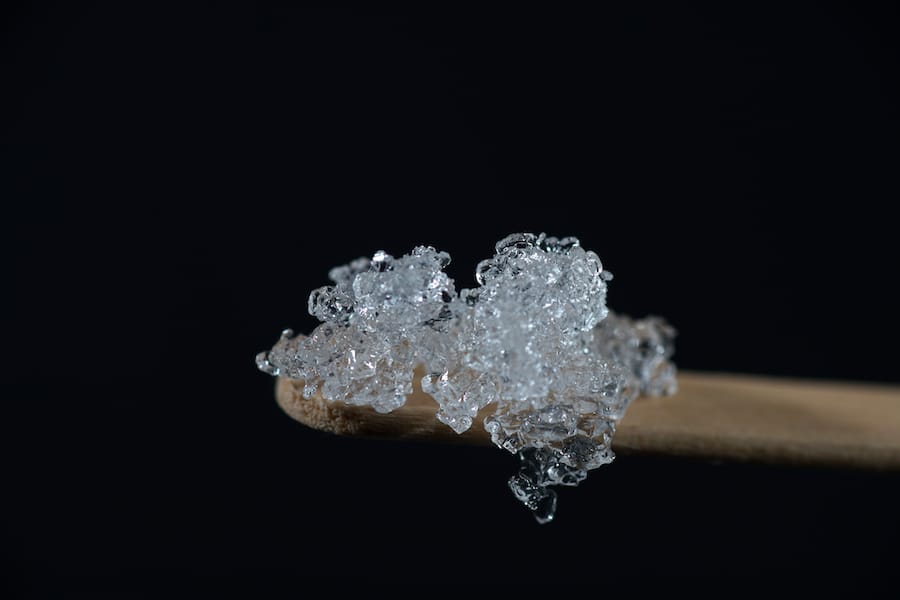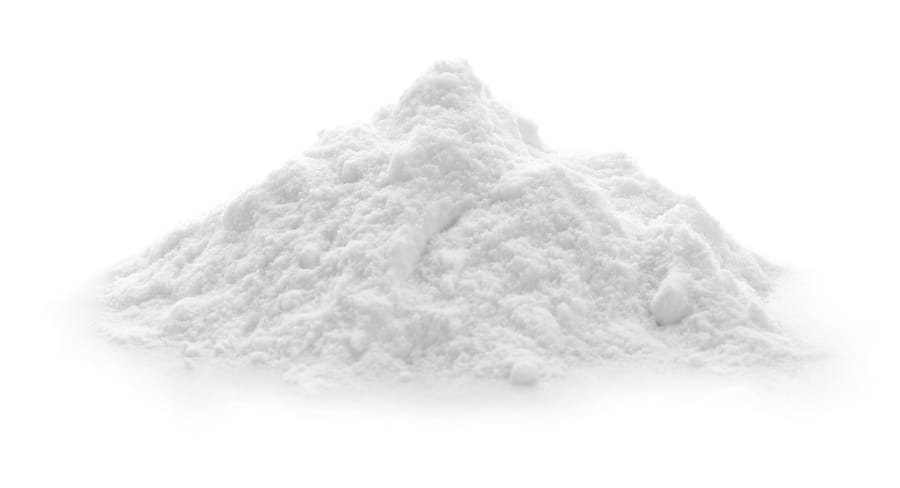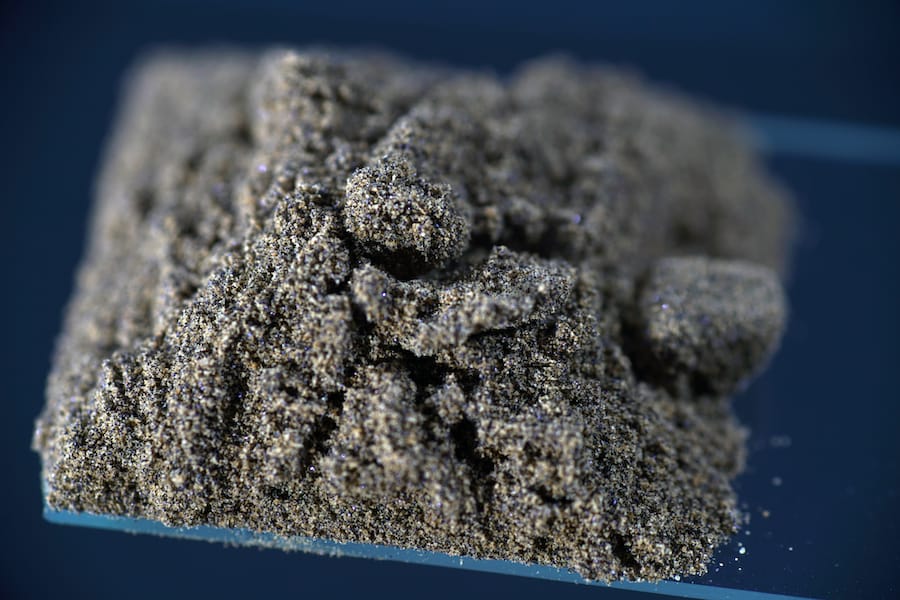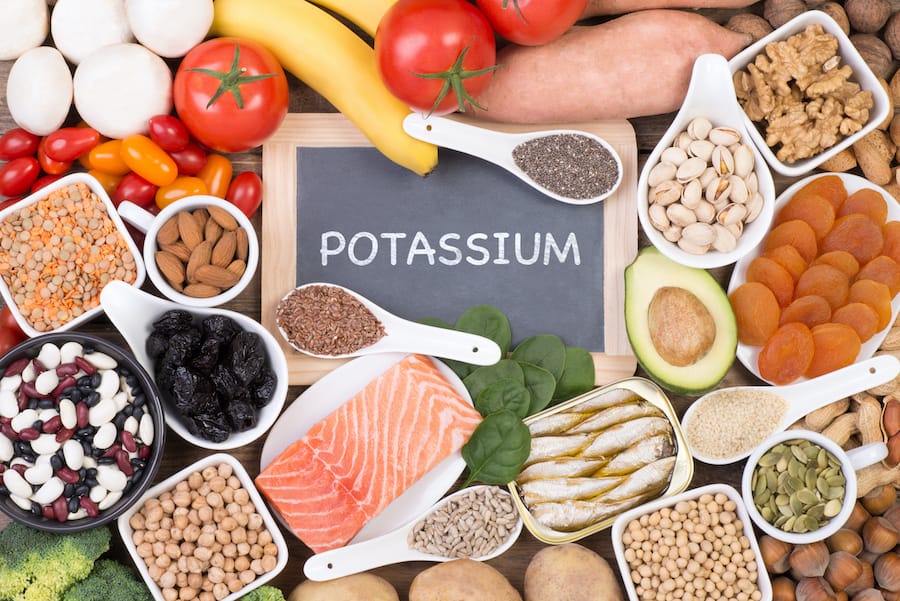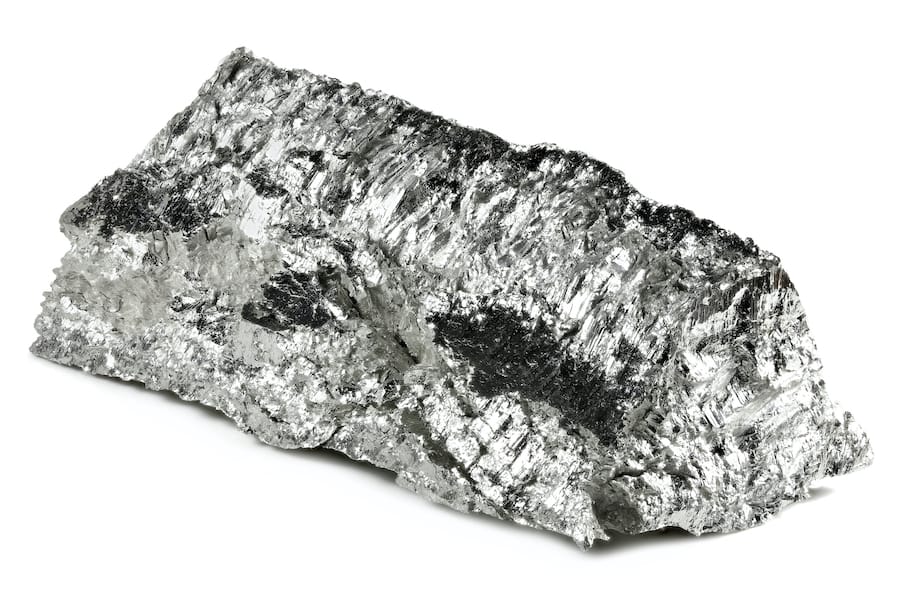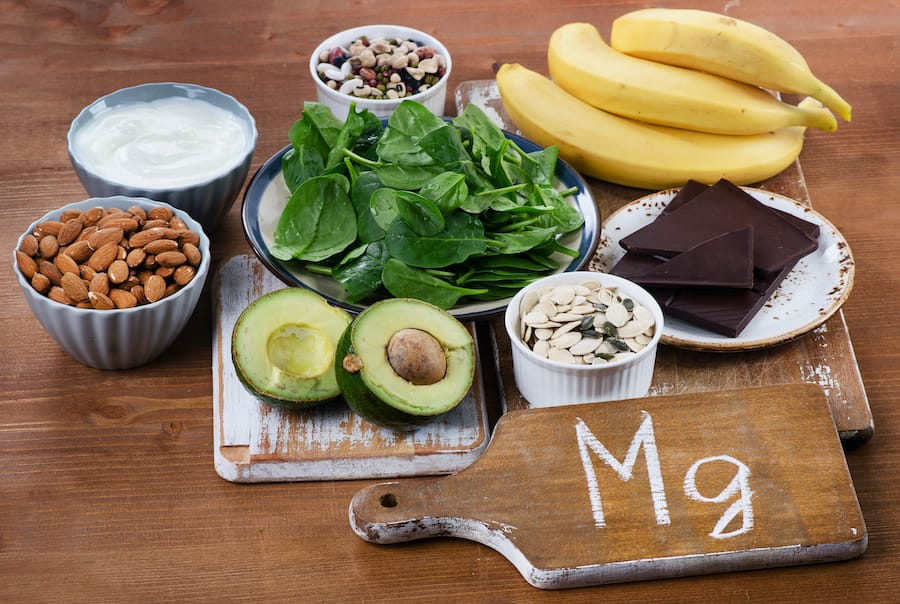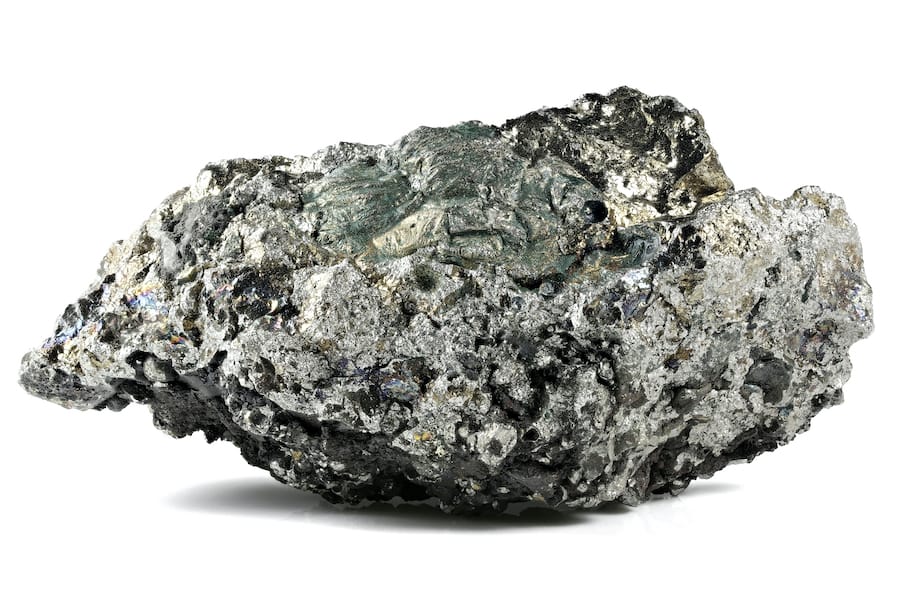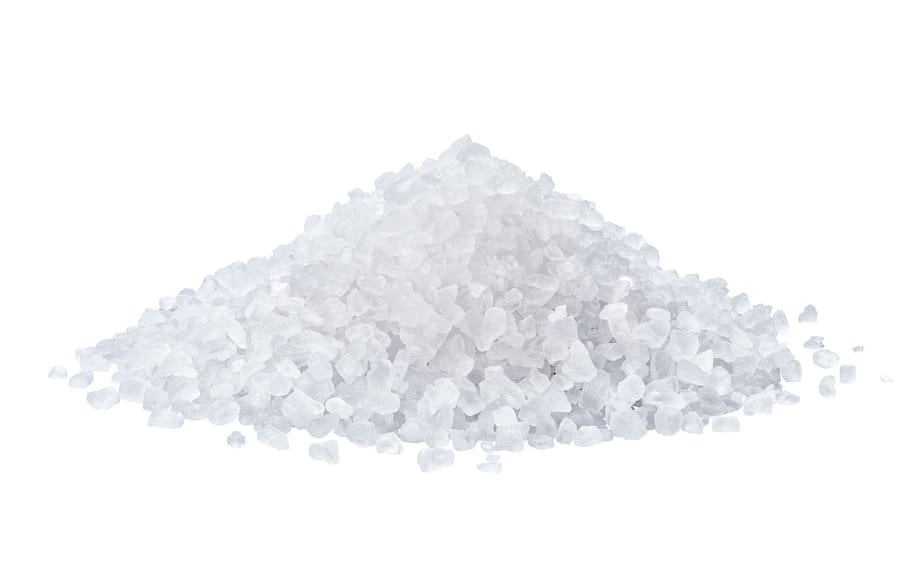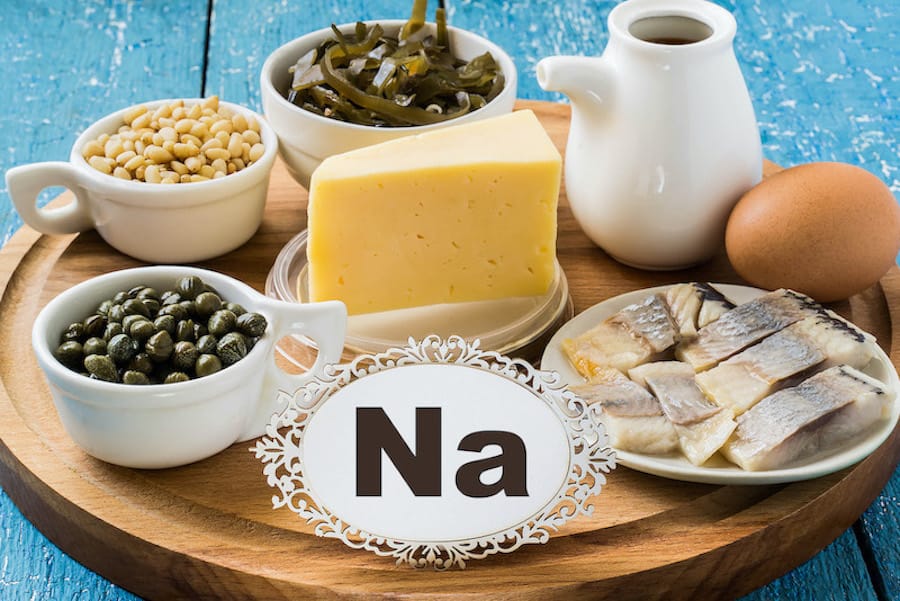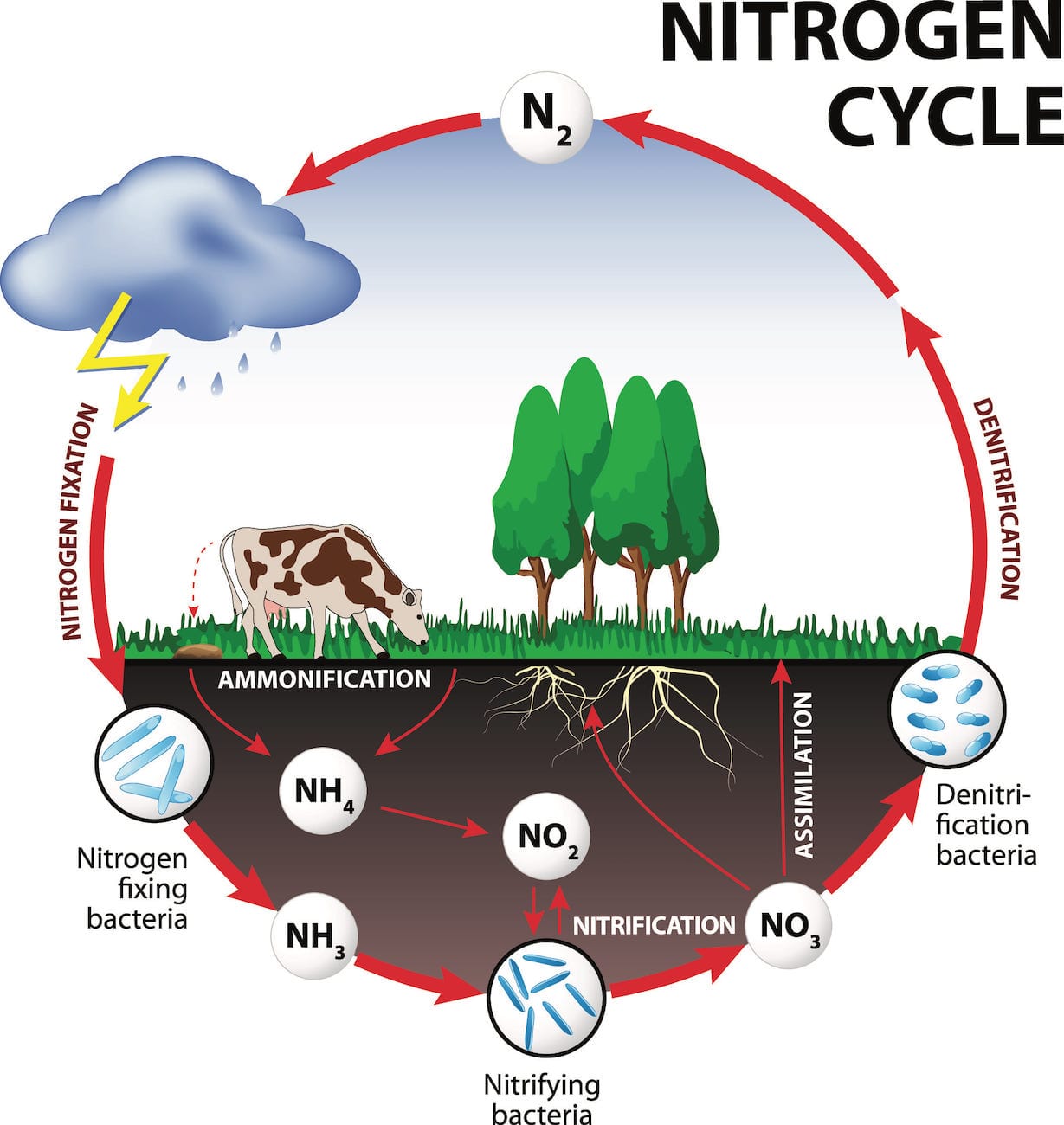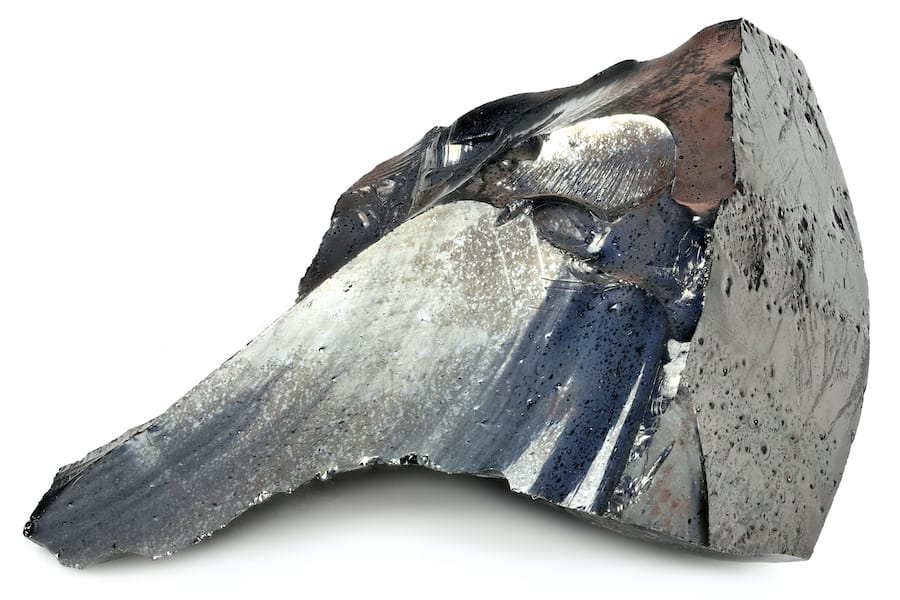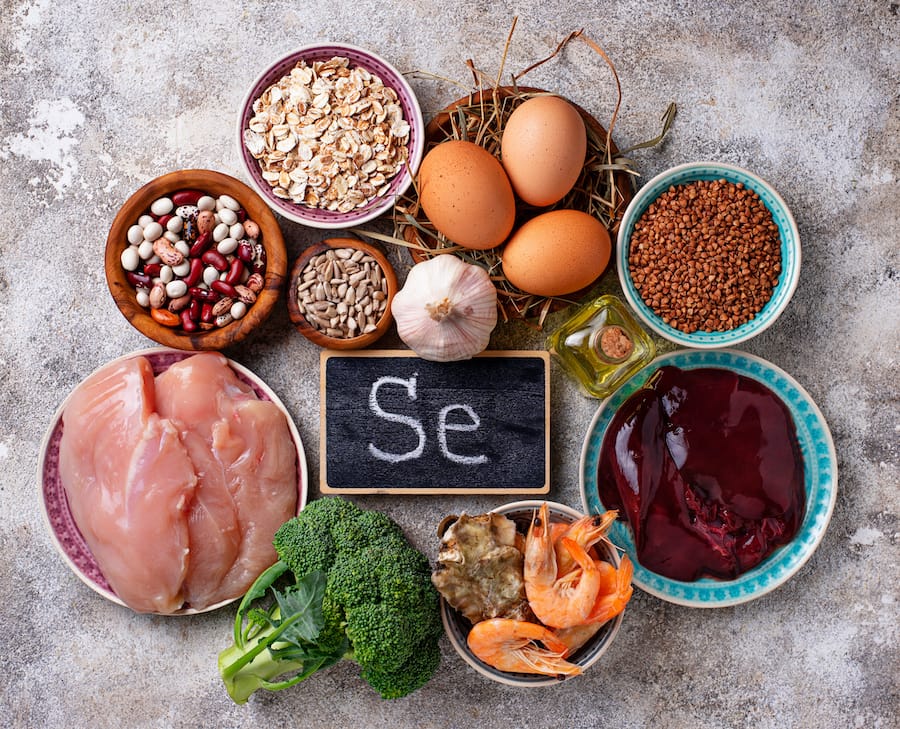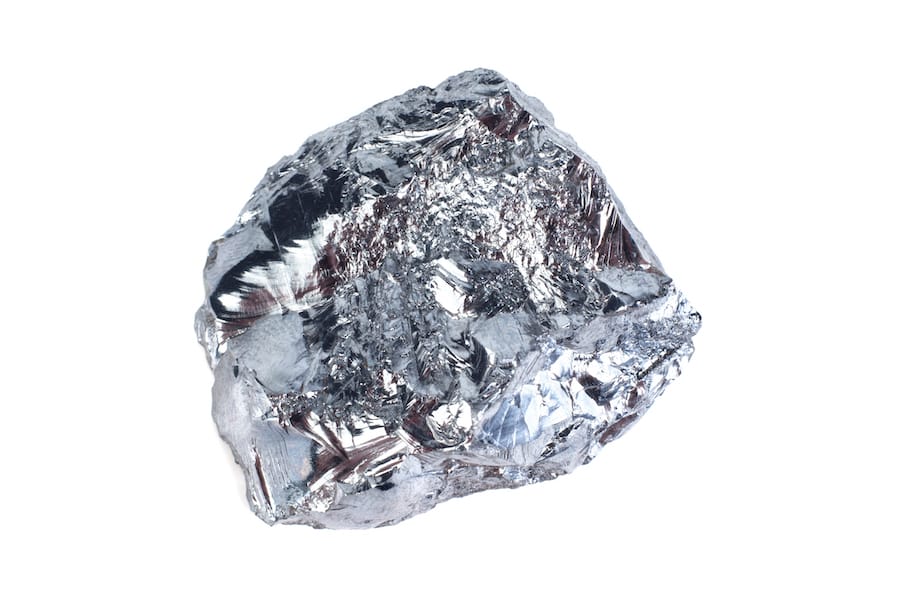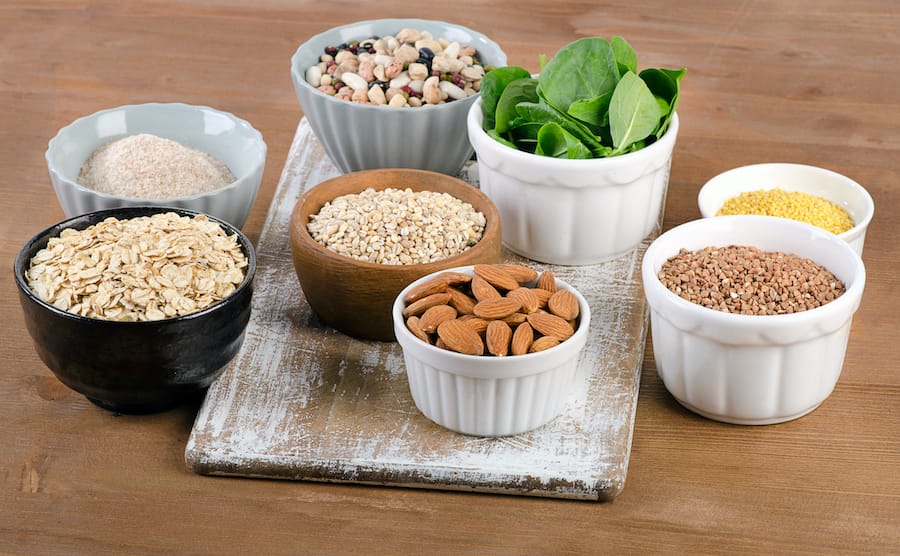Good for:
Low Sodium
Ultra Low TDS
Gastronomy
White Wine partner
Red Wine partner
Luxury Waters
Low Sodium
Daily mineral norm
Water mineral content ratio to total recommended daily mineral intake (%)
Mineral composition
TDS
21 mg/lpH
Birth Place
About Source
Iceberg Water
Meltwater is water released by any form of melting, snow or ice, including glacial ice and icebergs. It can also be also a result of technically frozen and melted Ice. A Glacier is a persistent body of dense ice. The difference between an Iceberg and Glacier is that the iceberg is the piece of a glacier that breaks off. Iceberg and glacier water is the most technically challenging and physically hazardous bottled water to produce.Packaging
-
Material Glass 0.75l
Any water wishes to be bottled in a glass bottle. It is a safe non-reactive material. Don't leave the bottle in the car in direct sunlight, it can have a magnifier effect and damage the car. -

Material Glass 1l
Any water wishes to be bottled in a glass bottle. It is a safe non-reactive material. Don't leave the bottle in the car in direct sunlight, it can have a magnifier effect and damage the car.
